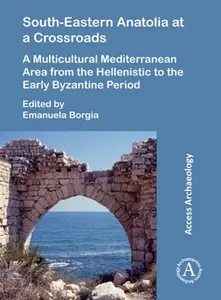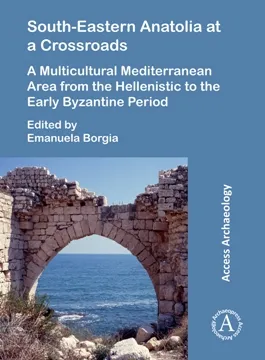South-Eastern Anatolia at a Crossroads: A Multicultural Mediterranean Area from the Hellenistic to the Early Byzantine Period
by Emanuela Borgia
English | 2025 | ISBN: 1789695767 | 240 Pages | True PDF | 27 MB
by Emanuela Borgia
English | 2025 | ISBN: 1789695767 | 240 Pages | True PDF | 27 MB
South-Eastern Anatolia at a Crossroads collects the papers presented in a thematic session at the 2018 EAA Congress held at Barcelona. The contributions analyse an area of the Mediterranean encompassing all the regions south of the Taurus range (Cilicia, Isauria, Pamphylia and Pisidia) facing the sea and, throughout their history, in direct contact with the island of Cyprus to the south and with the coast of northern Syria to the east. South-Eastern Anatolia is revealed as a key crossroads of people and cultures, at a crucial point between East and West. Due to its strategic geographic position connecting Anatolia and Syria via maritime and terrestrial routes and to the ease of contact with the whole eastern Mediterranean, the region was characterised by manifold processes of mobility, migration and cultural interchanges. The papers collected in this volume range chronologically from the Hellenization phase to the Byzantine age, concentrating on how the various cultural identities interacted and contributed to the formation of a very particular Mediterranean identity, revealed by manifold historical and archaeological aspects.



